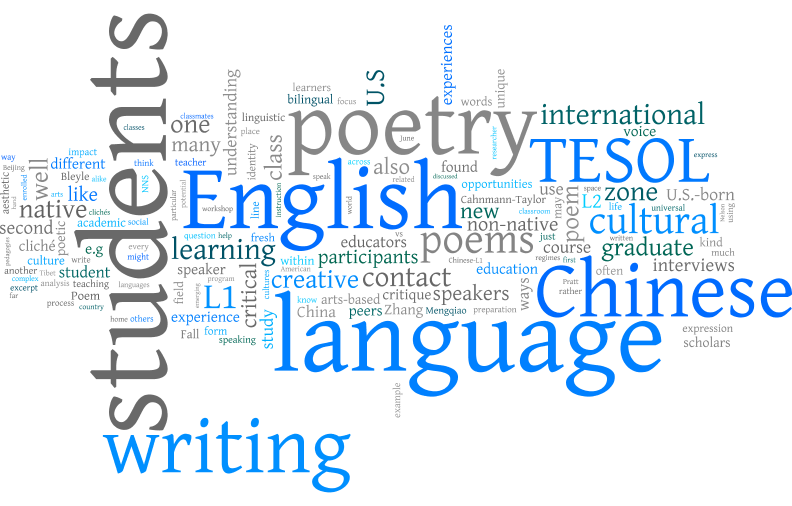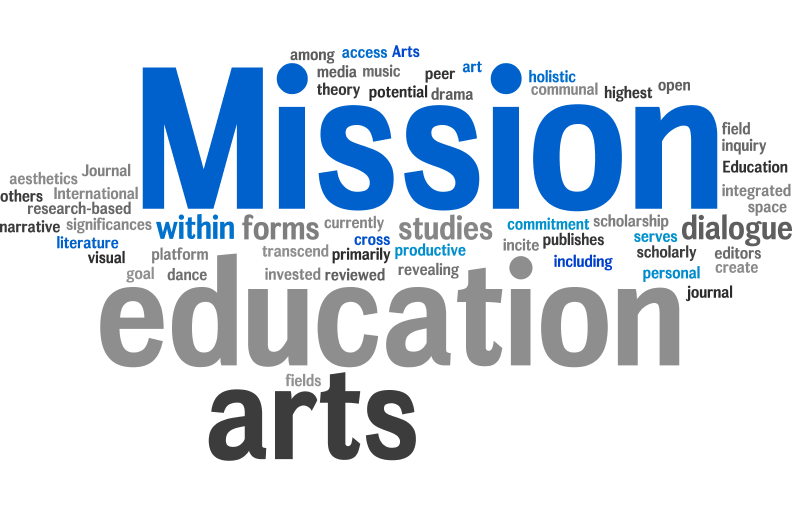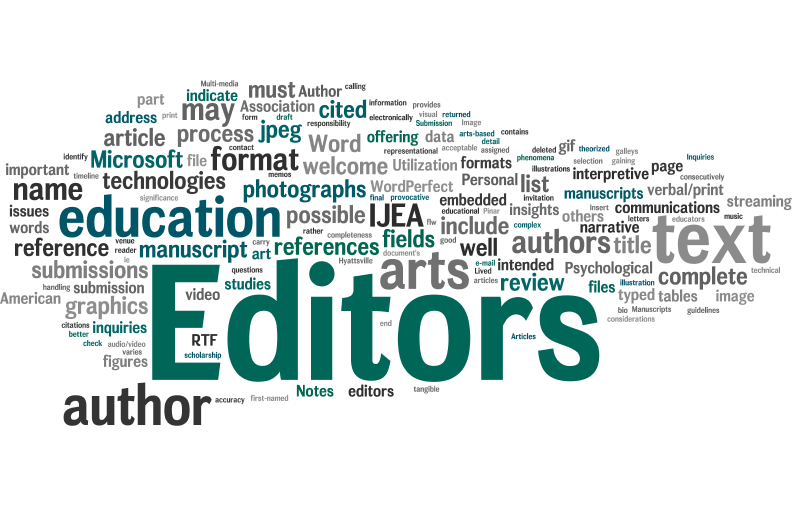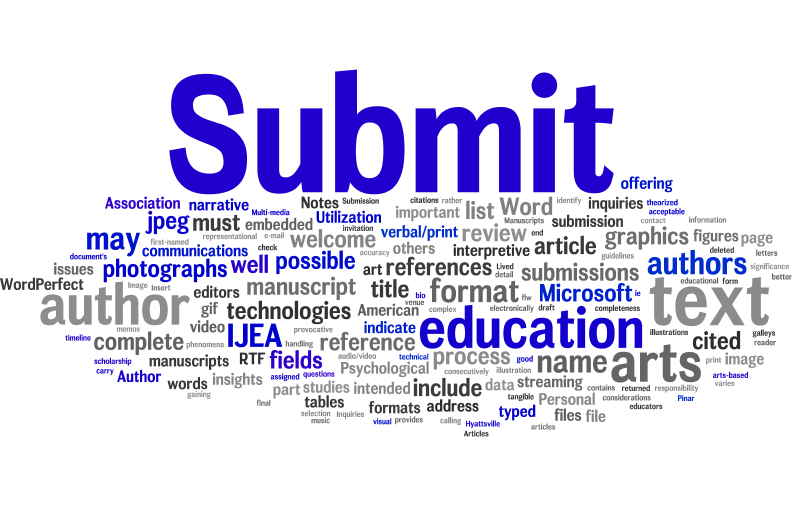| Volume 16 Number 21 | December 5, 2015 |
“Searching For An Entrance” And Finding A Two-Way Door: Using Poetry to Create East-West Contact Zones in TESOL Teacher Education
Melisa Cahnmann-Taylor
University of Georgia, USA
Kuo Zhang
University of Georgia, USA
Susan Jean Bleyle
University of Georgia, USA
Yohan Hwang
University of Georgia, USA
Cahnmann-Taylor, M., Zhang, K., Bleyle, S. J., & Hwang, Y. (2015). “Searching for an entrance” and finding a two-way door: Using poetry to create East-West contact zones in TESOL teacher education. International Journal of Education & the Arts, 16(21). Retrieved from http://www.ijea.org/v16n21/.
Abstract
Discrimination against Non-Native Speakers (NNS) of English in the TESOL profession is wide-spread and well-documented, despite significant evidence of NNS contributions as TESOL educators and scholars. Several scholars have argued for the importance of aesthetic and autobiographic narratives to democratize the TESOL field and showcase varieties of minoritized perspectives that often go unheard (Canagarajah, 2006; Nelson, 2011; Pavlenko, 2003). To this end, we present one thread of a larger study examining Chinese and Taiwanese international graduate students’ participation in arts-based pedagogies within a graduate program in TESOL. We focus on their participation in poetry classes and the ways in which these instructional experiences created opportunities for both foreign-born students and U.S.-born faculty and students alike to revise assumptions related to cultural literacy and U.S. academic norms. The aim of this article is to showcase insights from Chinese graduate students’ poems and interviews with Chinese-, Taiwanese- and U.S.-born course participants, illustrating how arts-based learning opportunities work to expand all students’ potential for double vision, creating vibrant Eastern-Western exchanges of intellectual thought and intercultural understanding.
Visual Abstract




